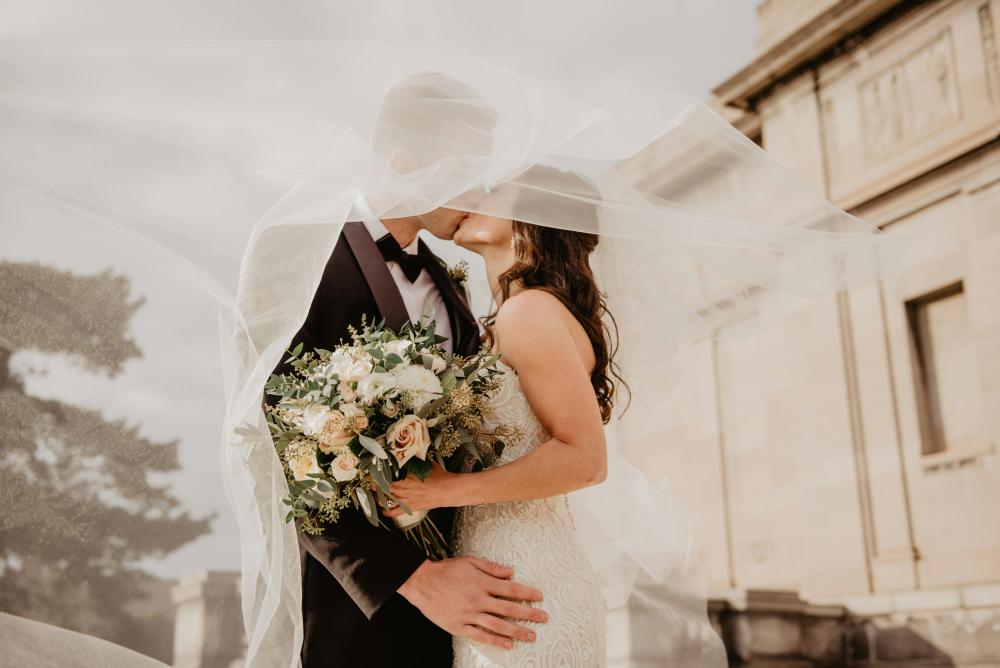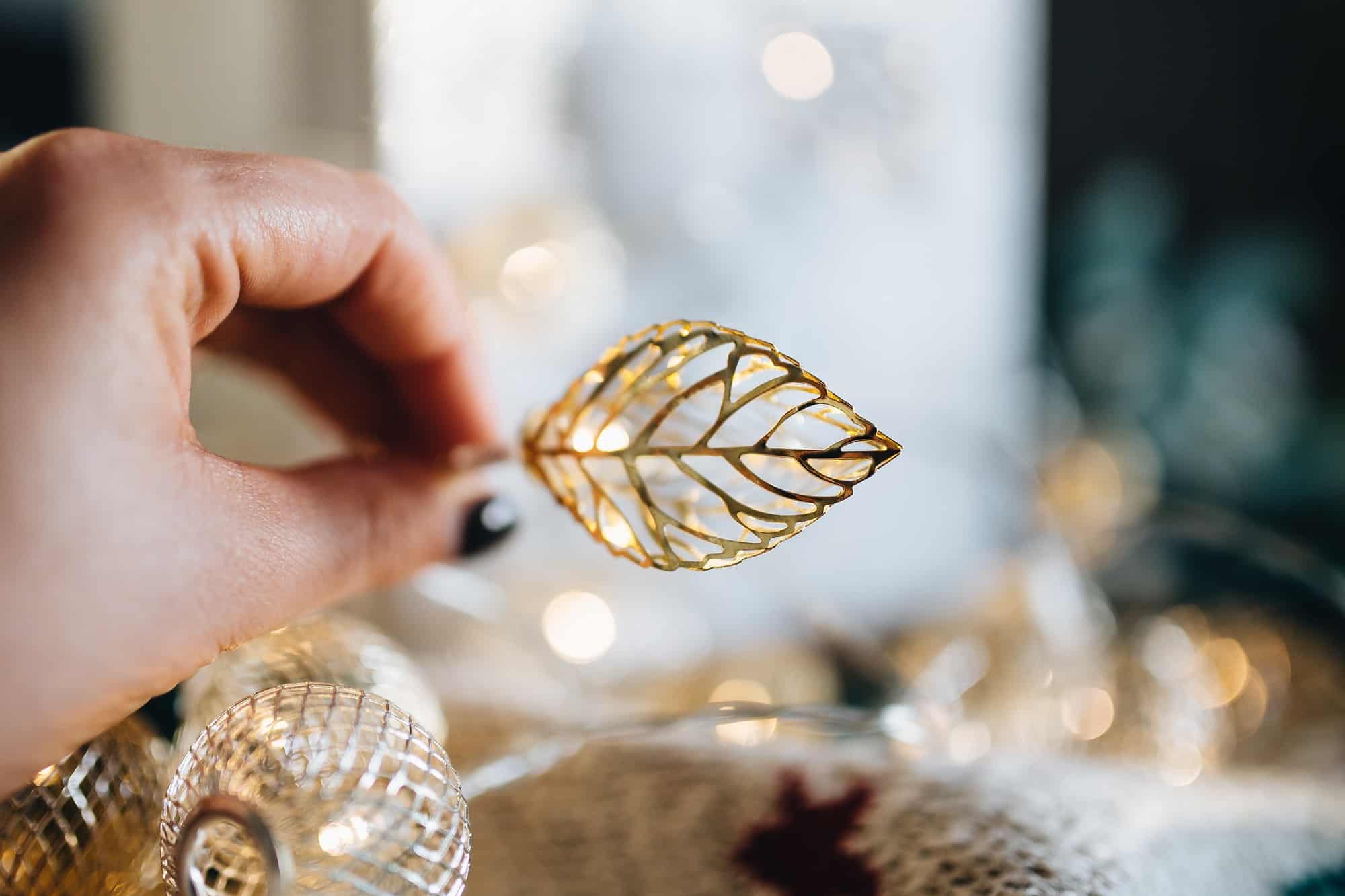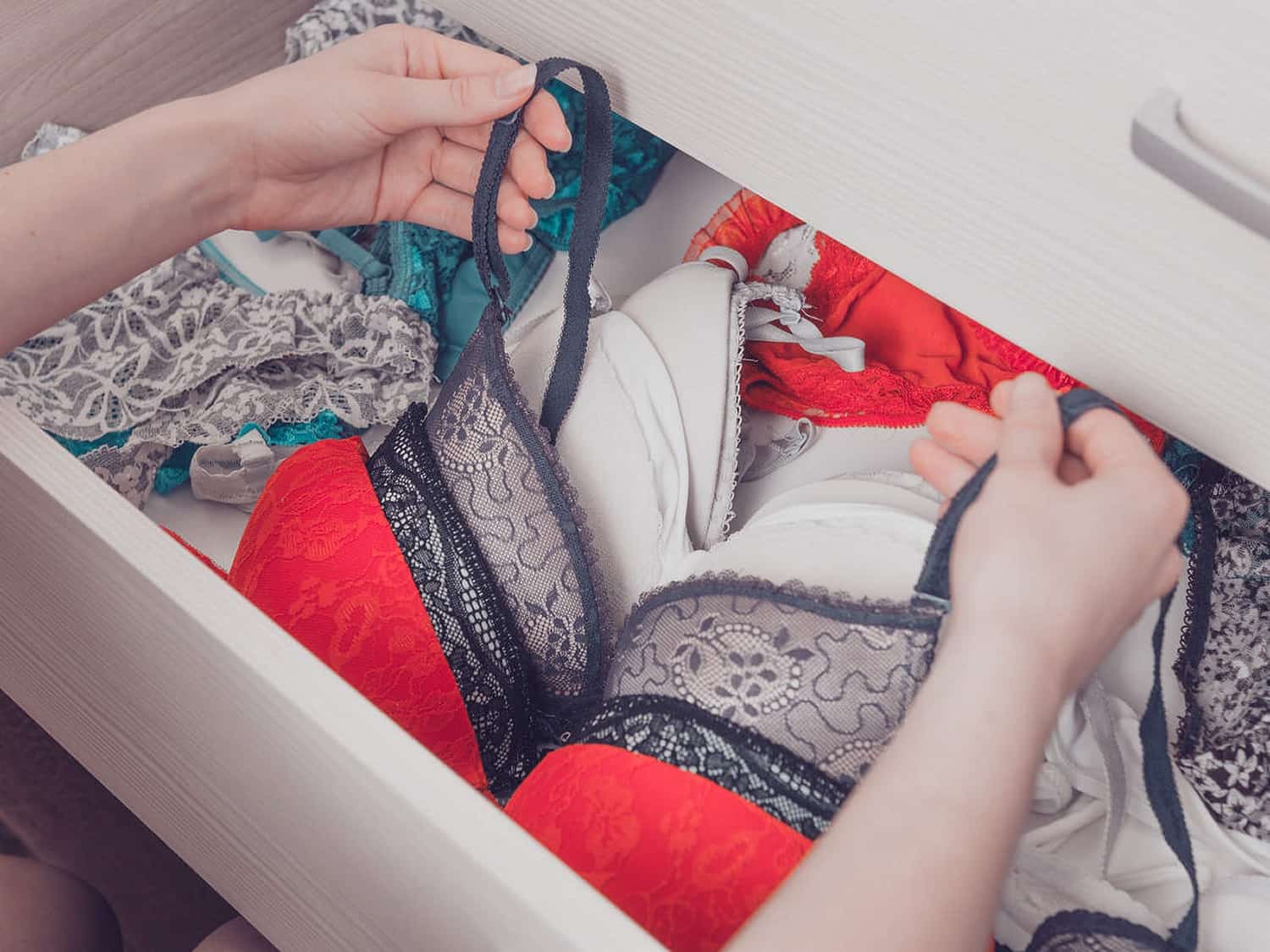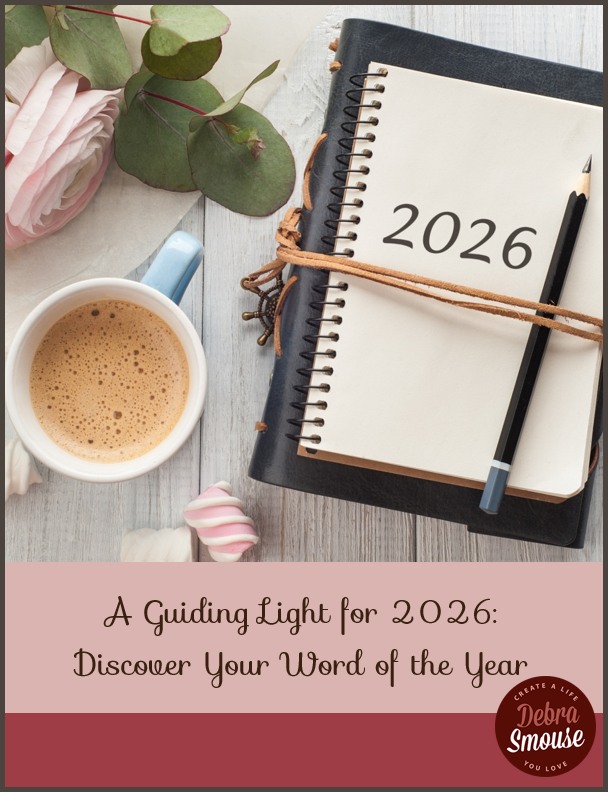Planning a wedding involves countless decisions, but one of the most important is making sure your theme and dress code work together seamlessly. Many couples struggle with this balance, wondering how formal attire fits with rustic themes or whether casual dress codes can match elegant decorations.
The key to success is choosing a dress code that naturally supports your theme while considering your venue, season, and guest comfort. When these elements align properly, your wedding feels cohesive and intentional rather than scattered or confusing.
The right approach involves understanding how wedding themes and dresses create harmony through careful planning and smart coordination. By learning specific strategies and seeing real examples, you can create a wedding where every detail works together to tell your unique story.
Key Strategies to Unite Your Wedding Theme and Dress Code
The most successful weddings create a seamless connection between their chosen theme and guest attire through careful planning and clear communication. This happens when you match your dress code to your theme’s mood, select specific fabrics and colors that support your vision, and coordinate all visual elements from your wedding venue to guest outfits.
Aligning Dress Code with Wedding Theme
Your dress code should directly reflect your wedding theme’s personality and setting. A rustic barn wedding calls for “garden party attire” or “country chic” rather than formal black-tie requirements.
Beach weddings work best with “tropical elegance” or “seaside casual” dress codes. These terms help guests understand they should avoid heavy fabrics and stiletto heels that sink in sand.
For classic elegant themes, choosing a dress code that complements your wedding theme like “black-tie optional” or “cocktail attire” sets the right tone. This allows guests to dress formally without requiring tuxedos and floor-length gowns.
Bohemian themes pair well with “festival chic” or “free-spirited elegance” codes. These encourage flowing fabrics, earth tones, and relaxed silhouettes that match your theme’s natural feel.
When you browse wedding dresses for all wedding themes, consider how your own gown’s style should guide your guest dress code expectations.
Choosing Fabrics, Colors, and Styles That Complement the Theme
Fabric choices should match your wedding theme’s season and setting. Summer garden parties call for breathable linens, cottons, and chiffons rather than heavy velvets or wools.
Your color palette needs to work across all attire levels. If your theme uses sage green and cream, suggest these colors for your wedding party while allowing guests flexibility within the same color family.
Style guidelines help guests make smart choices. Vintage themes benefit from suggestions like “1920s glamour” or “retro elegance” that point toward specific silhouettes and accessories.
Modern minimalist themes work with “contemporary chic” dress codes that suggest clean lines and simple designs. This helps guests avoid overly ornate or busy patterns that clash with your aesthetic.
Consider the latest mother of the bride dress trends when planning family attire coordination. Their outfits should complement both your theme and the overall guest dress code.
Coordinating Décor, Venue, and Attire
Your wedding venue sets important boundaries for dress code choices. Outdoor locations require different footwear and fabric considerations than indoor ballrooms or churches.
Match your décor intensity to your dress code formality. Elaborate centerpieces and formal linens pair naturally with black-tie or cocktail attire requirements.
Color coordination between flowers, linens, and guest attire creates photo-ready moments. Share your wedding colors when communicating dress code expectations to guests.
Consider practical elements like temperature and lighting when choosing both décor and dress codes. Evening receptions might need wrap suggestions for guests in lighter fabrics.
Your wedding dress should serve as the style anchor that connects guest attire to your venue and decor choices. When you coordinate bridesmaid dress styles online with your theme, this creates a natural bridge between your formal wedding party and guest attire expectations.
Timeline coordination matters too. Day ceremonies typically call for lighter colors and less formal attire than evening celebrations, regardless of your chosen theme.
Learn ways to love your life even more.
Snag a free workbook and get inspiration on all the ways to love your life even more.
>>Read more Career Advice from a Life Coach that’s Reinvented Herself Multiple Times<<









